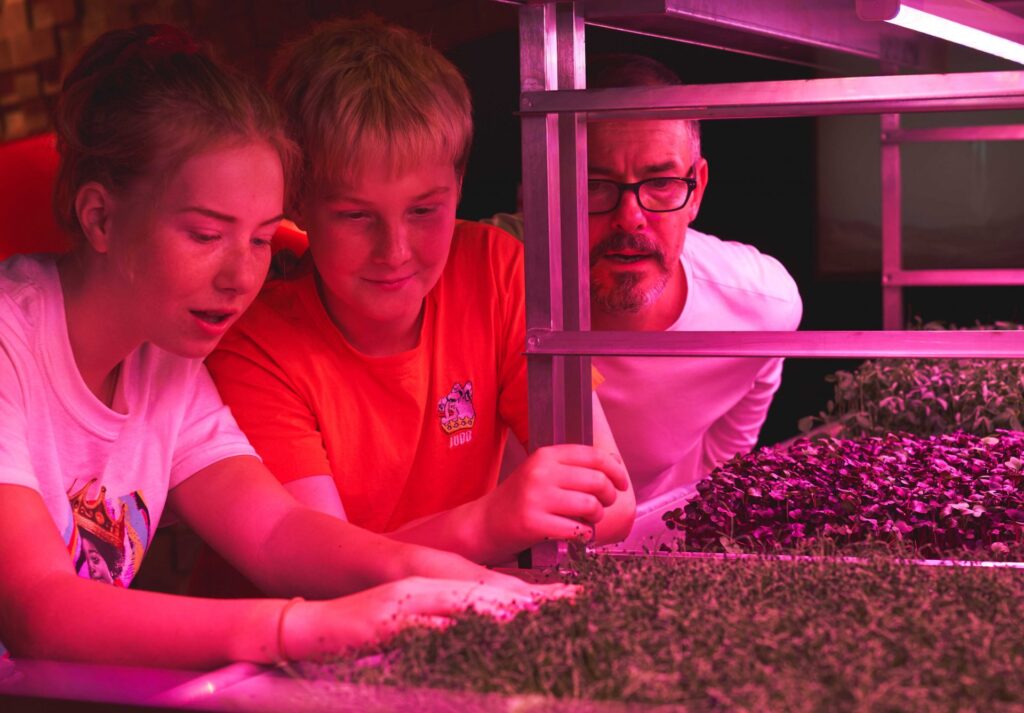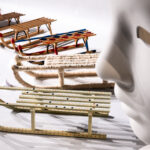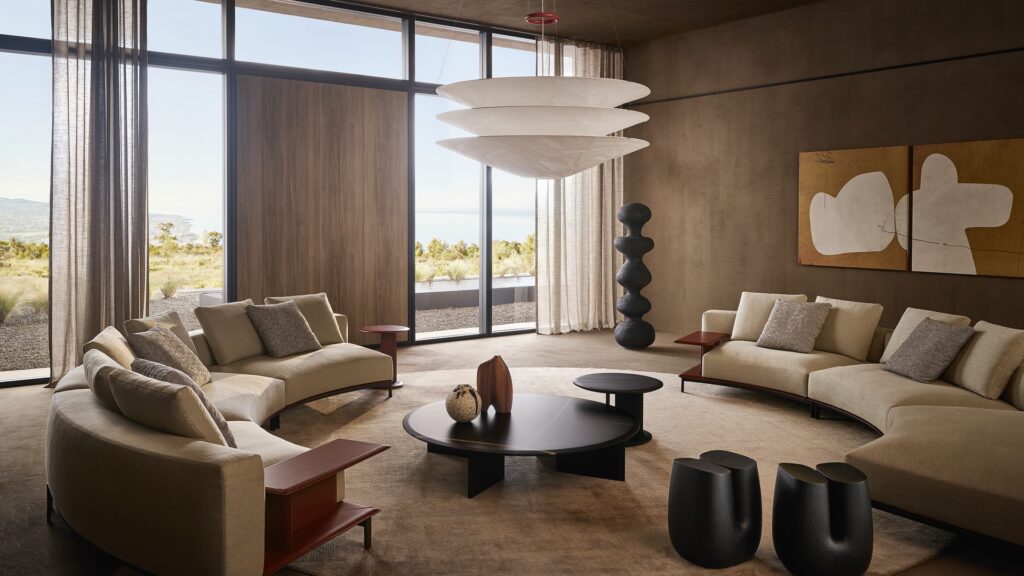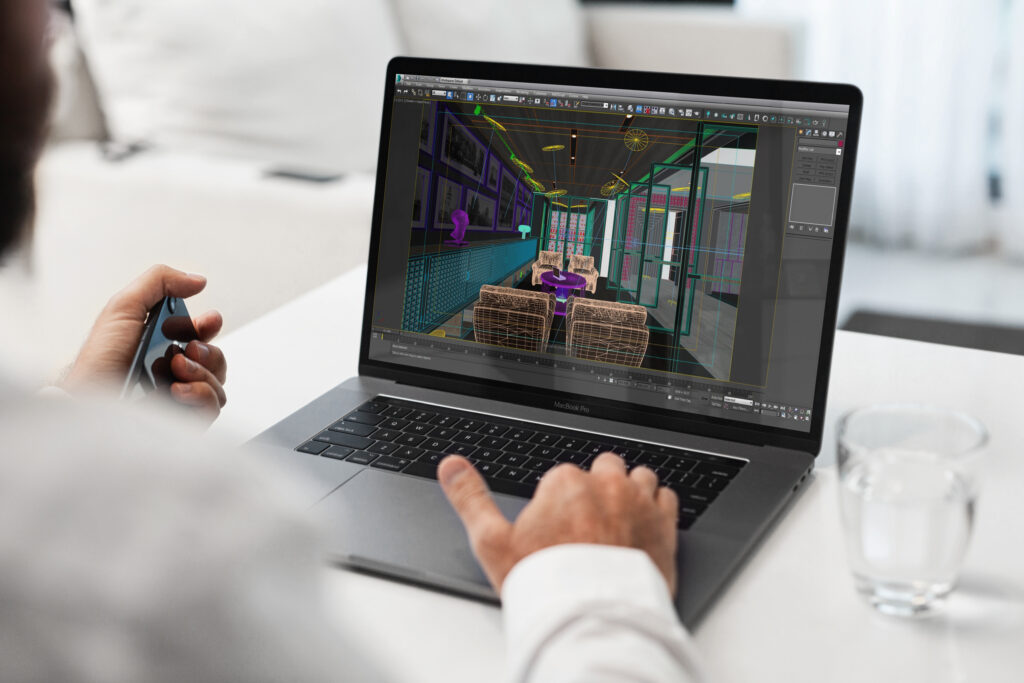At the Design Museum in London, until February 23 rd , 2020, the exhibition Moving to Mars invites visitors to explore possible life on Mars

Until February 23rd, 2020, the Design Museum will host the exhibition Moving to Mars. Installations, images and more than 200 objects illustrate Mars in relation to man: discoveries, obstacles, projects and the fundamental role of science and design in the future human colonization of the planet.
Read Instructions for living on Mars
Living on Mars: how?
What clothes to wear? What to eat? Where to stay? What will and what won’t be possible to do in the future?
Human beings are not welcome on Mars and scientific evidence supported this thesis several times. For humans the conquest of this ‘impossible’ planet is an authentic challenge that has always motivated them to develop colonization plans.

The first fly-by photos were taken by US space probe Mariner-Mars 4 in 1965. Nearly 40 year after that first exploration, in 2002, Elon Musk established the aerospace company SpaceX to create technologies that reduce the costs of access to space, making the colonization of Mars easier.
Moving to Mars: the sections of the exhibition, with installations and prototypes
The exhibition starts with Imagining Mars, a section dedicated to Mars, the first mentions that testified to its existence and the role it has played in science fiction and popular culture over the years. Here visitors will see a full-scale model of the ExoMars Rosalind Franklin rover. With the multisensory installation ‘On Mars Today’, it is possible to discover the characteristics of the planet with the five senses. The installation includes ‘Utopia Planitia’, the fragrance especially created for the exhibition by French perfumer Nicolas Bonneville from Firmenich.

The next section, The Voyage, explores the role designers play in the journey to Mars. Many products are on display, including NASA food trays, Galina Balashova’s designs for Russian space interiors from 1964 to 1980, Raymond Loewy’s design work for US space stations. Moreover, the NDX-1 spacesuit, designed specifically for missions on Mars by the University of North Dakota, and the dining table by Konstantin Grcic, inspired by the constraints imposed by zero gravity, are on show for the first time.

In the Survival section, the 3D printed project by HASSELL Studio for NASA, brings visitors into Mars habitat. Also the items from the NEW HORIZON SS20 collection by RÆBURN, RÆMADE solar heat blankets and parachutes, are on display. There is also a space dedicated to the discovery of hydroponic agriculture and spirulina growing systems.

In the Mars Futures section, the installation Wilding Mars by Dr Alexandra Daisy Ginser shows a hypothetic future of the planet, occupied only by plants.

Moving to Mars: yes or no?
Finally, Down to Earth, presents projects by design and space specialists. ‘Design for Mars’ allows kids and grownups to challenge their design skills creating new solutions for the space.

‘Design for Mars’: kids and grownups are invited to complete existing solutions and to invent new solutions that guarantee survival on Mars
Justin McGuirk, Chief Curator at the Design Museum, explains: “On the 50th anniversary of the Moon landing, we are entering a new space age, with Mars once again capturing the popular imagination. As a museum interested in emergent futures, we are keen to explore how designing for space can help us design for Earth.” [Text Carlotta Russo – Photo Eckersley O’Callaghan, RÆBURN, NASA]
Read Instructions for living on Mars














